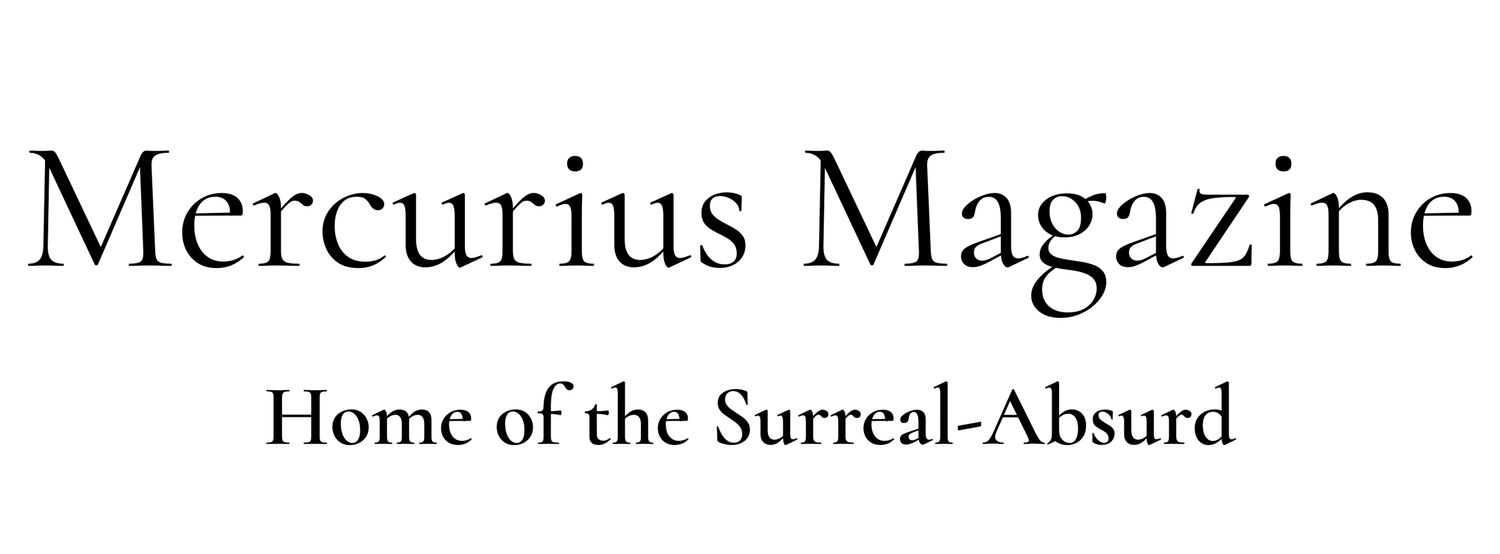The Art of (Stationary) Travel
Although cliched, the metaphor of the “journey” never loses its shine no matter how many times it is used. Immersed in an existence based on constant motion, we are possessed of a deep psychic need to decipher and come to terms with our own “soul-journeys”. And so time again we are drawn to the resonance of the “travel” narrative.
Among such narratives are some personal favourites. The underworld stories of Orpheus and Eurydice, and Persephone and Demeter, formed the basis of some of Ancient Greece’s most important religious rites, such as the Eleusinian Mysteries and the Orphic Rites. Then there is Ursula K Le Guin’s Earthsea Saga, whose Jungian and Taoist inspired fantasy world provides the setting for many a philosophical-spiritual journey for Ged, the saga’s wizard hero. There are also the addictive “odyssey” fictions of Haruki Murakami, and many more besides.
Perhaps it’s impossible to conceive a narrative without some kind of journey. In the words of Russian director Tarkovsky, stories are “sculptures of time”, and since time moves, so must we with the storytellers. Even seemingly static spaces throb with movement as Xavier de Maistre showed with his classic work, Voyage Autour de ma Chambre (A Journey Round my Room). The young French soldier wrote the book during a 42-day confinement after having been placed under house arrest for fighting an illegal duel. Voyage Autour de ma Chambre parodies the grandiloquent travel narratives of the eighteenth century by imbuing the objects and dimensions of his own bedroom with the same epic tone:
MY room is situated in latitude 48° east, according to the measurement of Father Beccaria. It lies east and west, and, if you keep very close to the wall, forms a parallelogram of thirty-six steps round. My journey will, however, be longer than this; for I shall traverse my room up and down and across, without rule or plan. I shall even zig-zag about, following, if needs be, every possible geometrical line.
Voyage Autour de ma Chambre represents a more surreal kind of travel narrative that deals less with physical than psychological space. The stripped down worlds of Samuel Beckett also come to mind. In Watt, for example, the narrator recounts tedious “adventures” in paralysed zones of being where “nothing” happens. He obsesses over minute uncertainties and conjectures ad nauseam. It is the flawless rhythm of Beckett’s prose, a close attention to detail and the dizzying scope of the narrator’s speculations that keep the book alive. The Beckettian oeuvre tends to follow a similar pattern. His books are like travel guides to alien yet familiar lands.
Whether grand fantasy epic, or Beckettian overture of pain, the metaphysical allure of the journey-trope is present in all forms of writing. Life is a miscellany of excesses, a compendium of trivialities, a movement towards self-knowledge, a blindness within a blindness, a contradiction. We chew our bitter herbs and drink our sweet wine. We contemplate, affirm, deny, confuse, appraise, disdain. We mull over linear points in time and incoherent realms of spirit. Art aspires to bring order to this cluttered pilgrimage.
Perhaps the overall aim is not to suffer less, but to suffer less blindly. Philip Larkin said that his poems were records of his own “soul-journey” and that preserving them was a source of consolation and illumination. Speculative, would-be biographer critics have said the same thing about Shakespeare’s plays. Like a divining rod that shows us where the water lies, creative expression can help us unearth hidden wells of understanding in the lands of the past. A second round of the same journey reveals truths that were hidden to the myopic wanderer of the first round. Hence Proust and the genre of the memoir.
Borges said no-one should keep reading a book if they find the book boring, no matter how famous or celebrated the work. We travel for both pleasure and knowledge.
These Poetry of Life essays aspire to the “art of stationary travel” and are inseparable from my own soul journeys from which they are derived. Their multi-faceted dimension is non-linear time, memory and the free play of association.
